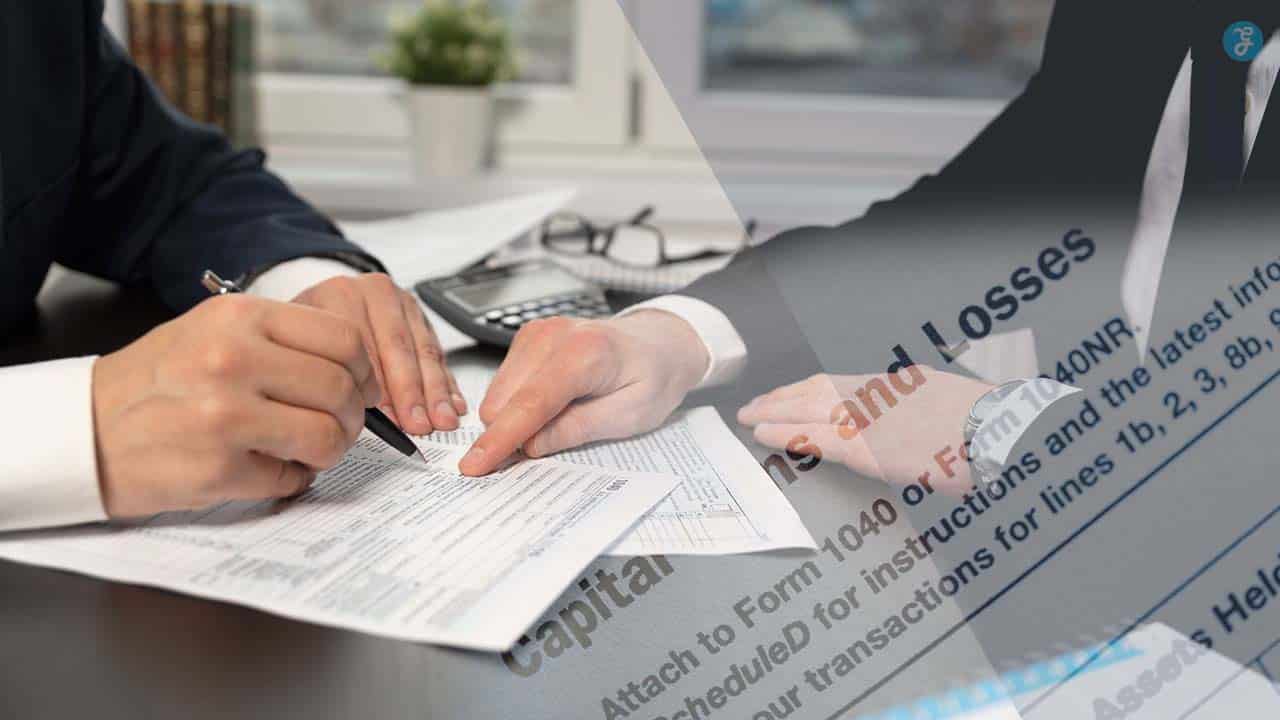Tax season can be daunting for Canadians, especially when the goal is to minimize the amount owed while remaining within the bounds of the law.
Understanding how to reduce your tax liability not only helps you keep more of your hard-earned money but also ensures compliance with the Canada Revenue Agency (CRA). By leveraging tax credits, deductions, and strategic financial planning, you can optimize your tax situation for 2025.
Below, we explore 12 effective and entirely legal strategies to lower your tax liability this year. Whether you’re self-employed, a salaried employee, or an investor, there’s something here for everyone.
1. Maximize Your RRSP Contributions
One of the most effective ways to reduce taxable income is by contributing to a Registered Retirement Savings Plan (RRSP).
Contributions to your RRSP are tax-deductible, and investment growth within the account is tax-deferred until withdrawal. For 2025, ensure you contribute up to your allowable limit, which is 18% of your previous year’s earned income, up to a specified maximum.
Why It Works:
- Contributions reduce your taxable income.
- Defers tax payments to retirement, when your income may be lower.
- Provides long-term growth opportunities for retirement savings.
Extra Tips:
- If you’re nearing retirement, consider using unused contribution room from previous years.
- Align your contributions with the end-of-year deadline to maximize deductions.
2. Utilize Tax-Free Savings Account (TFSA) Investments
Tax-Free Savings Accounts (TFSAs) offer a unique opportunity to grow your investments without the burden of taxes. While contributions to a TFSA are not tax-deductible, any income earned—be it interest, dividends, or capital gains—is entirely tax-free.
This makes it an ideal option for saving for both short-term and long-term goals. Unlike RRSPs, you can withdraw funds from your TFSA at any time without tax penalties.
For 2025, consider maximizing your TFSA contribution room and focusing on high-growth investments to get the most out of this tax-efficient account.
Why Choose a TFSA:
- Tax-free growth on investments, including interest, dividends, and capital gains.
- No penalties for withdrawals, unlike RRSPs.
- Flexibility to re-contribute withdrawn amounts in future years.
Pro Tip:
Focus on high-growth investments like stocks within your TFSA to maximize tax-free gains. Use your TFSA to complement your RRSP for a diversified tax strategy.
3. Claim All Available Tax Credits
Tax credits directly reduce the amount of tax you owe, making them an essential part of your tax strategy. In Canada, there are numerous credits available, including the Basic Personal Amount, the Canada Workers Benefit for low-income earners, and the Home Accessibility Tax Credit for qualifying home improvements.
These credits can significantly reduce your tax bill if claimed properly. By staying informed about the latest credits offered by the CRA and ensuring all eligible credits are included in your tax return, you can lower your tax liability and save more in 2025.
Tax credits directly reduce the amount of tax you owe. Some common credits in Canada include:
- Basic Personal Amount: A non-refundable credit available to all taxpayers.
- Canada Workers Benefit (CWB): For low-income workers.
- Home Accessibility Tax Credit: For eligible renovations that improve home accessibility.
Additional Credits to Consider:
- Medical Expenses Tax Credit: For out-of-pocket healthcare costs.
- Climate Action Incentive: A rebate for residents in specific provinces.
- Disability Tax Credit (DTC): For those with qualifying disabilities.
Tip:
Review CRA’s updated list of credits annually to ensure you’re claiming everything you’re eligible for. Keep detailed records and receipts to support your claims.
4. Deduct Employment Expenses
If you incur expenses directly related to your job, such as working from home or using your vehicle for business purposes, you may be able to deduct these costs.
Employment expenses like internet, rent, or gas can be claimed with proper documentation, including the T2200 form from your employer. Keeping detailed records of receipts and expenses is crucial to ensure accuracy.
This strategy is especially beneficial for employees in remote or hybrid roles and can result in substantial tax savings by lowering your taxable income.
Example Table of Common Deductible Expenses:
| Expense Type | Examples | Required Documentation |
| Home Office | Internet, utilities, rent | T2200 form, receipts |
| Vehicle Expenses | Gas, maintenance, insurance | Mileage log, receipts |
| Tools and Supplies | Software, equipment purchases | Invoices, receipts |
Pro Tip:
Track expenses throughout the year using an app or spreadsheet to avoid last-minute stress during tax season.
5. Take Advantage of Spousal RRSPs
For households where one spouse earns significantly more than the other, spousal RRSPs are a smart way to achieve tax savings.
The higher-income spouse contributes to the RRSP, claiming the tax deduction, while the withdrawals in retirement are taxed at the lower-income spouse’s rate.
This approach not only reduces current taxes but also ensures a balanced income during retirement. By using spousal RRSPs strategically, couples can optimize their financial situation and reduce their overall tax burden both now and in the future.
Benefits:
- Tax savings in the present.
- Equalizes income during retirement, reducing overall tax rates.
- Provides flexibility in retirement withdrawal strategies.
Expert Advice:
Ensure withdrawals follow CRA rules to avoid attribution of income to the contributor.
6. Optimize Charitable Donations
Donating to registered charities is not just a noble act but also a financially rewarding one. The CRA provides tax credits for charitable donations, with higher credits available for contributions exceeding $200.
To maximize the benefits, consider combining donations with your spouse or donating appreciated securities instead of cash. These strategies enhance the value of your contributions while reducing your tax bill.
Keeping detailed records of donation receipts is essential to claim this valuable credit during tax season.
How to Maximize Your Donations:
- Donate publicly traded securities for additional tax savings.
- Pool donations with your spouse to maximize credits.
- Keep records of all donation receipts.
Tip:
Consider donating through donor-advised funds for long-term charitable giving.
7. Split Income with Family Members
Income splitting is a legitimate way to reduce the overall tax burden in a family. By transferring income to a lower-earning family member, such as through spousal loans or Registered Education Savings Plans (RESPs), you can reduce the amount of tax owed.
This strategy works best when there is a significant disparity in income levels among family members. However, it’s important to ensure compliance with CRA’s anti-avoidance rules to avoid penalties while reaping the benefits of lower taxes.
Common strategies include:
- Contributing to a Registered Education Savings Plan (RESP) for your children.
- Setting up a spousal loan at the CRA’s prescribed interest rate.
Benefits:
- Reduces tax brackets for high-income earners.
- Enables tax-free growth in family accounts like RESPs.
Legal Considerations:
Ensure all transactions comply with CRA’s anti-avoidance rules to avoid penalties.
8. Use Capital Losses to Offset Gains
Capital losses can be used to offset taxable capital gains, reducing the amount of tax owed. This strategy is particularly useful for investors who have sold underperforming assets.
Unused capital losses can be carried forward to future years, providing ongoing tax savings. Reviewing your portfolio at the end of each year and harvesting losses where necessary is a smart way to manage your investment taxes.
With only 50% of capital gains taxable in Canada, this approach offers significant benefits for savvy investors.
Strategy for Investors:
- Review your portfolio annually to realize losses strategically.
- Harvest losses before year-end to offset gains for the current tax year.
Note:
Only 50% of capital gains are taxable in Canada, making this a highly effective strategy.
9. Enroll in a Health Spending Account (HSA)
Health Spending Accounts (HSAs) allow individuals to pay for medical and dental expenses using pre-tax dollars. This can result in significant tax savings, especially for those with high out-of-pocket healthcare costs.
Eligible expenses include prescription medications, dental procedures, and vision care. HSAs are particularly beneficial for self-employed individuals and small business owners who want to offer tax-efficient benefits for themselves and their employees.
Pairing an HSA with private insurance can further reduce costs while providing comprehensive coverage.
Eligible Expenses Include:
- Prescription drugs
- Dental treatments
- Vision care
Tip:
Pair HSAs with private insurance plans to cover a broader range of medical expenses.
10. Claim Tuition and Education Credits
Students and their families can benefit from tuition and education credits, which help offset the cost of post-secondary education. Unused credits can be carried forward or transferred to a supporting family member, such as a parent or grandparent.
This flexibility ensures that the credits are fully utilized to reduce tax liability. Keeping all tuition receipts and Form T2202 is essential for accurate claims. For 2025, ensure you’re maximizing these credits to ease the financial burden of education.
Tips for Students:
- Retain all tuition receipts and Form T2202.
- Consider transferring unused credits to a supporting family member to reduce their tax liability.
11. Incorporate Your Business
Incorporating your business can offer significant tax advantages by allowing you to take advantage of lower corporate tax rates. Business owners can defer personal taxes by retaining earnings within the corporation and can also split income with family members through dividends.
Additionally, incorporation provides greater access to business expense deductions and enhances credibility with clients and suppliers. If you’re self-employed, exploring the benefits of incorporation is a strategic move to reduce your tax liability.
Additional Benefits:
- Income splitting through dividends.
- Greater access to business expense deductions.
- Enhanced credibility for small businesses.
12. Stay Informed About New Tax Changes
Tax laws and regulations change frequently, and staying informed ensures you don’t miss out on new opportunities to save. Regularly reviewing updates from the CRA and consulting with a tax professional can help you identify new credits, deductions, or rule changes that apply to your situation.
Proactive planning and staying educated on tax policies is key to minimizing your tax liability year after year. Utilize available resources like the CRA’s website and professional tax advisors to remain ahead.
Resources:
- CRA’s official website
- Tax planning seminars
- Professional tax advisors
Takeaway
Reducing your tax liability in 2025 doesn’t have to be a challenge. By applying these 12 strategies, you can save money while staying compliant with Canadian tax laws.
Whether it’s maximizing RRSP contributions, leveraging TFSAs, or claiming every available credit, proactive tax planning pays off.
Regularly consulting with a tax professional can further tailor these strategies to your unique financial situation. Take action now to make the most of your 2025 tax year—your future self will thank you.









































